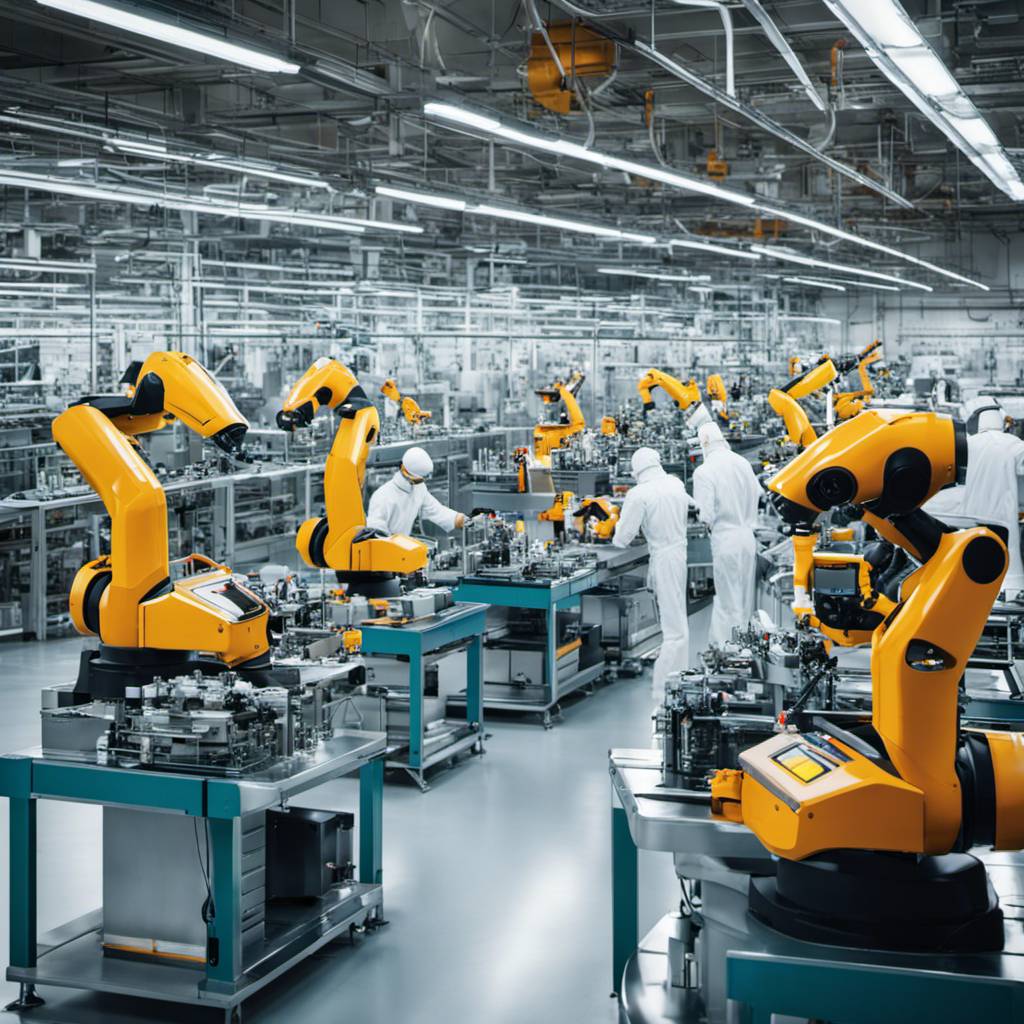In a pioneering move, Agility Robotics is on the brink of completing the construction of a factory in Salem, Oregon. The facility, dubbed “RoboFab,” will be the birthplace of the company’s inaugural series of humanoid robots known as Digit. These robots, equipped with two legs and two arms, are designed to navigate freely and collaborate with humans in warehouses and factories.
The groundbreaking 70,000-square-foot factory is the first of its kind, according to Damion Shelton, co-founder and CEO of Agility Robotics. The company’s COO, Aindrea Campbell, who previously held high-ranking positions at Apple and Ford, revealed to CNBC that the facility will have an annual maximum capacity of 10,000 units once it’s fully operational and will provide employment to over 500 individuals.
However, for the time being, Agility Robotics is concentrating on setting up and testing its initial production lines. Campbell notes that this is a significant undertaking that requires a gradual approach. The current milestone involves the factory’s inauguration, the installation of production lines, and the initiation of capacity and scale expansion for an unprecedented project.
Agility Robotics has managed to outpace potential competitors like Tesla with its Optimus initiative due to its successful development of prototype humanoid robots and the establishment of a factory for their mass production. The venture investors backing this endeavor include DCVC and Playground Global.
Shelton shared with CNBC that Digit was designed with a human form factor to enable these robots to lift, sort, and maneuver while maintaining balance. This design allows them to operate in environments where structures like steps could otherwise restrict robotic use. The robots are powered by rechargeable lithium-ion batteries.
However, Digit does not possess a five-fingered hand. Instead, its hands resemble claws or mittens. Shelton explained that human-like hands are extremely complex. He believes that the ‘hand’ of a robot should be no more complex than necessary for its intended tasks.
According to Agility, Digit can navigate stairs, squeeze into tight spaces, unload containers, and transfer materials onto or off pallets or conveyors. It can also assist in sorting and dividing materials onto other pallets. The company plans to deploy these robots for material transportation within its own factory, Campbell revealed.
Agility’s preferred partners will be the first to receive the robots next year. For the foreseeable future, the company will only sell the systems, not rent or lease them. When asked about the potential of their technology to replace human jobs, Shelton said he sees Digit enabling manufacturing and logistics businesses to meet increasing demand in the face of recruitment challenges and workforce reduction due to retirement or industry exit.
Matt Ocko, managing partner at DCVC and an investor in Agility, told CNBC that Digit is expected to “fill millions of unmet roles that human beings don’t want.” He also emphasized that Agility Robotics has designed its humanoid robots to work safely and autonomously as a “robotic co-worker.”
As we move forward in the world of electronics, computers, programming languages, and coding, Agility Robotics is setting a new standard for the industry. Its innovative approach to robotics could revolutionize how we approach tasks in warehouses and factories, potentially filling roles that humans are unwilling or unable to perform.
